EATING THOSE HAVING HEALTH PROBLEMS
Text and Photos by Henrylito D. Tacio
In these days of African swine fever, red tide phenomenon and fish kill, many people are wondering if what they are eating is still safe. Let’s take a closer look on what the health experts are telling:
African swine fever
The African swine fever (ASF) was first reported in China – the world’s largest pork producer – in August two years ago. It quickly spread to every province in the country. “Official numbers show 1.1 million pigs have been culled there, but experts believe the real number may have reached 200 million, or more than a third of the country’s herd,” The New Food Economy reports.
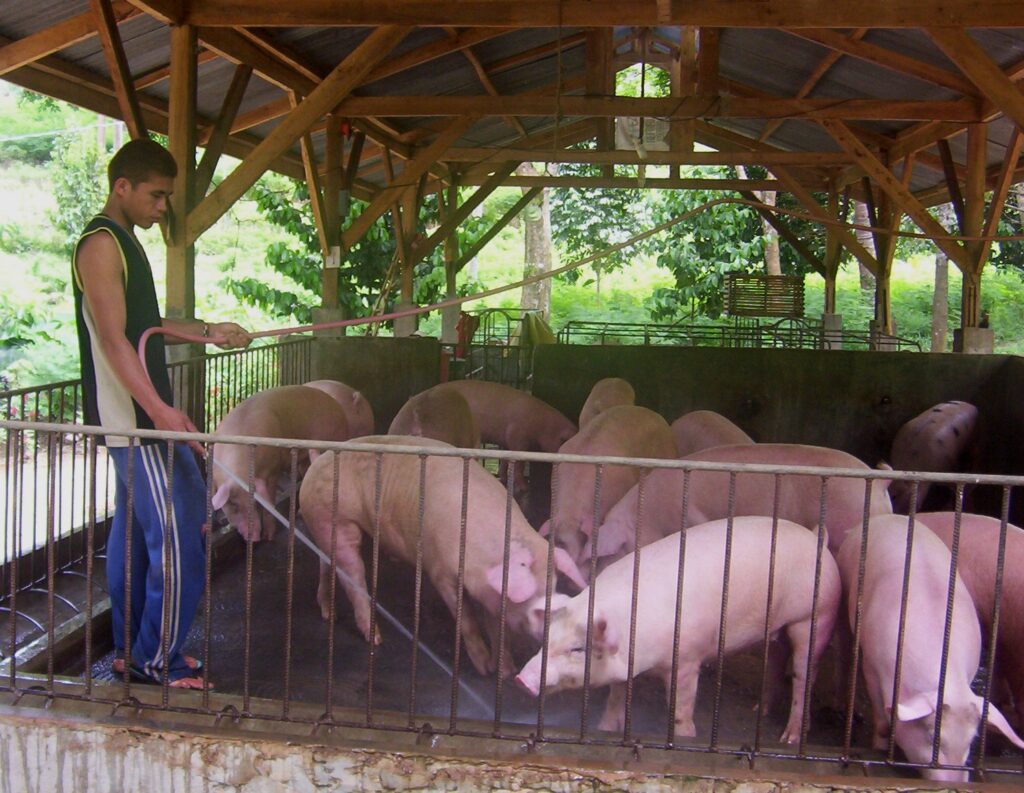
From there, ASF hopped the border into Vietnam, Laos, Cambodia, Mongolia, Myanmar, and North Korea. Outbreaks have been reported in Africa and parts of Europe, South America, and the Caribbean. Now, it is reported in the Philippines.
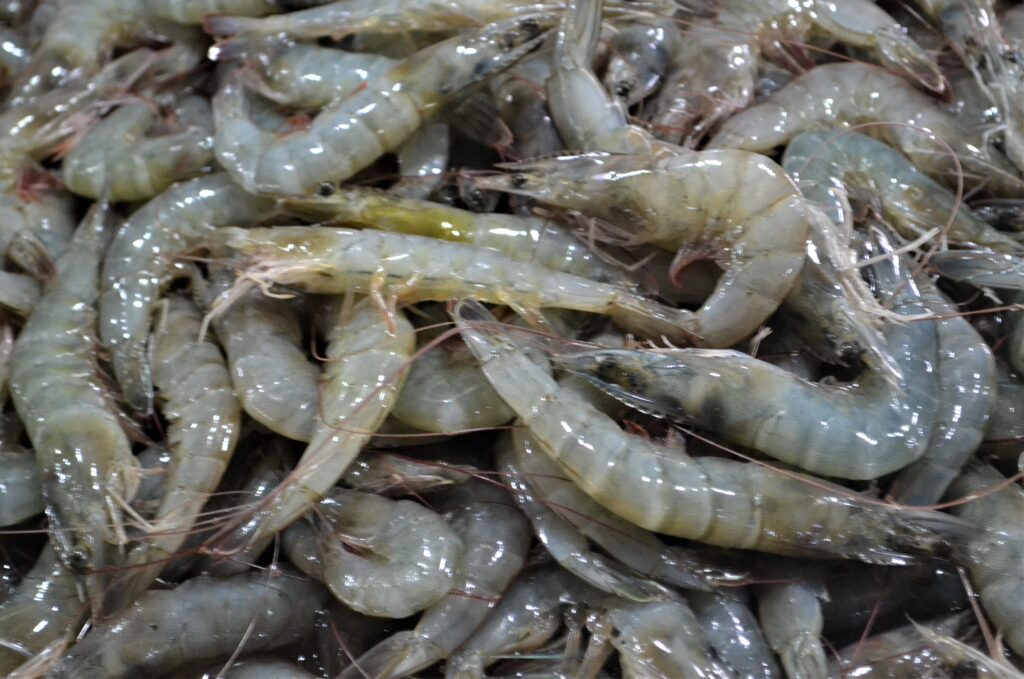
The Department of Agriculture placed three barangays in Rizal under quarantine after 100 hogs died. In Antipolo, the city health office culled more than a thousand pigs on suspicion that the animals were infected by burying the hogs alive.
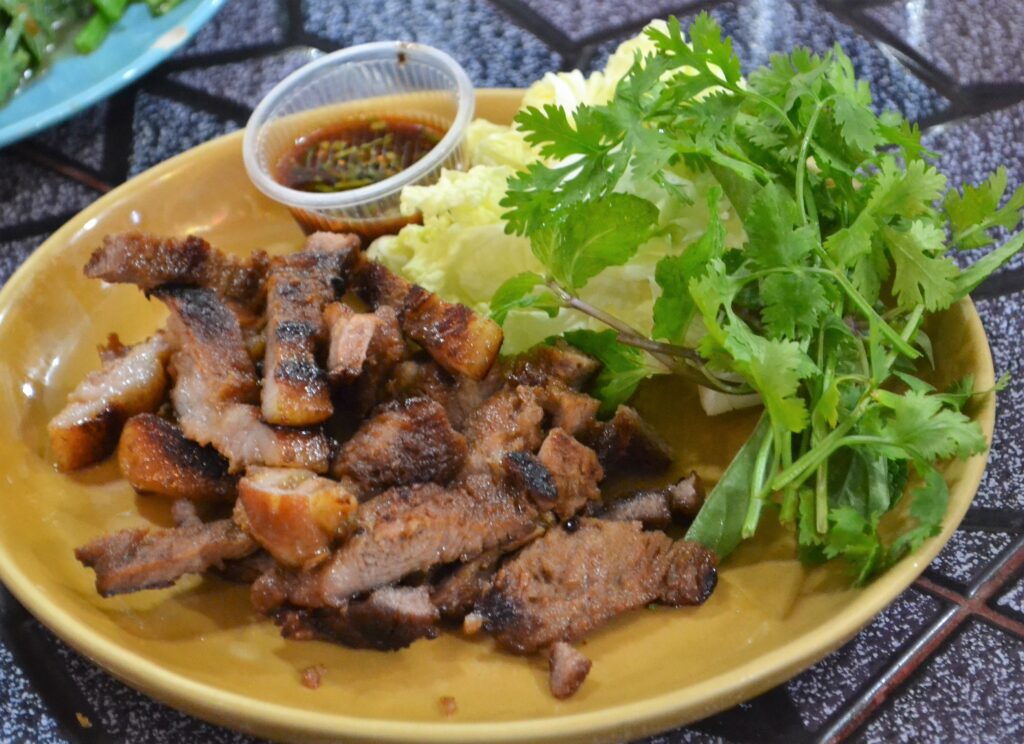
Blood samples were taken from the hogs of those who died in Rizal and were sent to the World Reference Laboratory in Pirbright, England. Agriculture Secretary William D. Dar admitted in a press conference that 14 out of the 20 samples submitted were positive of ASF.
According to Dar, the hogs that died “could have been infected either through canned meat sent by overseas Filipino workers or leftover food from restaurants that were turned into swill feed by farmers.”
Dar, in a post on his social media account, nevertheless said that “pork and pork products are safe to eat.” In fact, he was seen in a photographed boodle fight with Dr. Francisco T. Duque III of the Department of Health partaking different pork dishes with other government officials, hog stakeholders, and members of the private sector.
Dar stressed that as long as the hogs passed through the proper process of slaughtering and preparation, the public should not fear eating pork. “Before slaughtering,” he wrote in his post, “a hog is validated and assessed by a veterinarian, who then issues a medical certificate. Once slaughtered, the meats are stamped with a seal from the National Meat Inspection Service, assuring that it has passed the food safety measures imposed by the government.”
For his part, Health Secretary Duque pointed out that local meat does not impose a threat to human health, and reiterated that as long as it is bought from reliable sources, prepared and cooked properly, it is safe for human consumption.
“ASF is not a threat to human health,” Duque added.
The World Organization for Animal Health (OIE) said ASF as “a severe viral disease affecting domestic and wild pigs.” As a “transboundary animal disease,” it can be spread by live or dead pigs, domestic or wild, and pork products. “Transmission can also occur via contaminated feed and fomites (non-living objects) such as shoes, clothes, vehicles, knives, equipment, etc. due to the high environmental resistance of ASF virus,” it said.
Dr. Jaime A. Sison, a veterinarian who specializes in the area of pig and chicken, said the symptoms of ASF include high fever, decreased appetite, skin lesions, and diarrhea. “The tricky thing about diagnosing a potential case of ASF is that it can look a lot like other more common diseases,” he said. “(Symptoms of ASF) are just like those of the common porcine epidemic diarrhea virus or classical swine fever.”
Dr. Sison urged all Filipino swine farmers to report any suspected outbreaks to their local animal health officers, as it is much easier to test a false positive than to contain an outbreak that’s festered for days.
“ASF’s real calling card is its mortality rate: it claims almost all infected animals with 7-10 days of showing symptoms, and some drop dead much earlier – without showing any outward signs of illness,” Dr. Sison said.
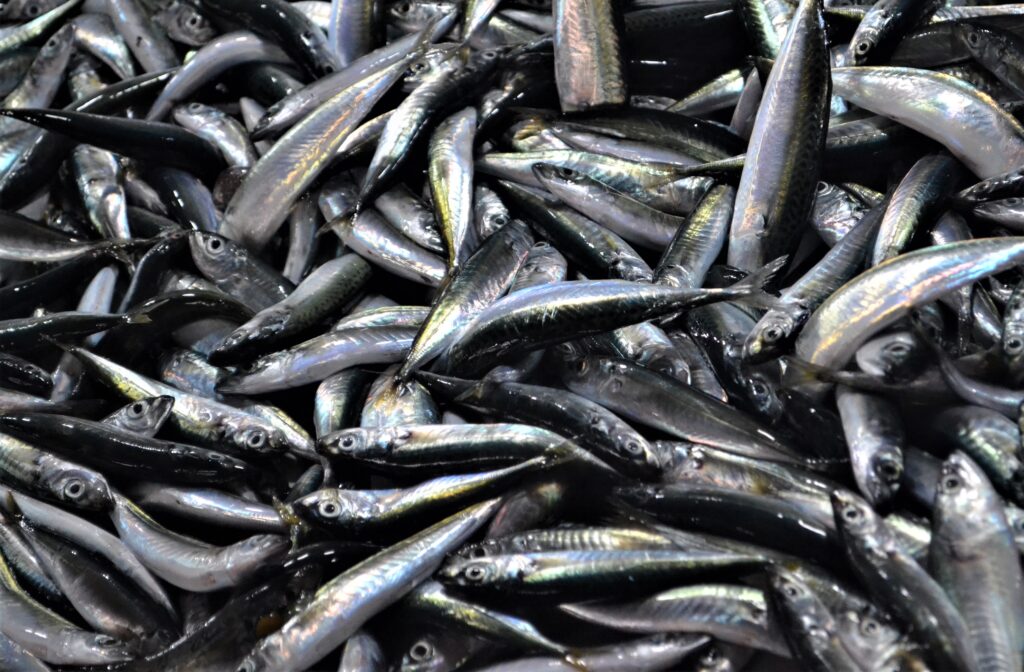
Red tide
Now, let’s talk about red tide. In science, it is called algal bloom which is caused by “a rapid increase in the population of algae in an aquatic environment like a marine ecosystem,” to quote the words of Louella Labasbas in S&T Post article published by the Department of Science and Technology (DOST). “It is a result of a higher concentration of nutrients in water, particularly nitrogen and phosphorus.”
Not all algal blooms, however, are red. They also come in green, blue-green or brown “depending on the dominating algal species.” Labasbas wrote: “What happens underneath during bloom is favorable to algae, aquatic plants, and most especially to bacteria. There is more food and dissolved oxygen for them to consume.”
Despite several studies being done, no one still knows when and where red tide started. But some people believe that the first occurrence was recorded in the Holy Bible. In Exodus 7:20-21, these words were written: “Moses raised his staff in the presence of Pharaoh and his officials and struck the water of the Nile, and all the water was changed into blood. The fish in the Nile died, and the river smelled so bad that the Egyptians could not drink its water.” In the past, red tide has become a national health threat because people who consume shellfish and so-called “alamang” are most likely to suffer gastrointestinal illness or food poisoning. In fact, some of them died from paralytic shellfish poisoning (PSP).
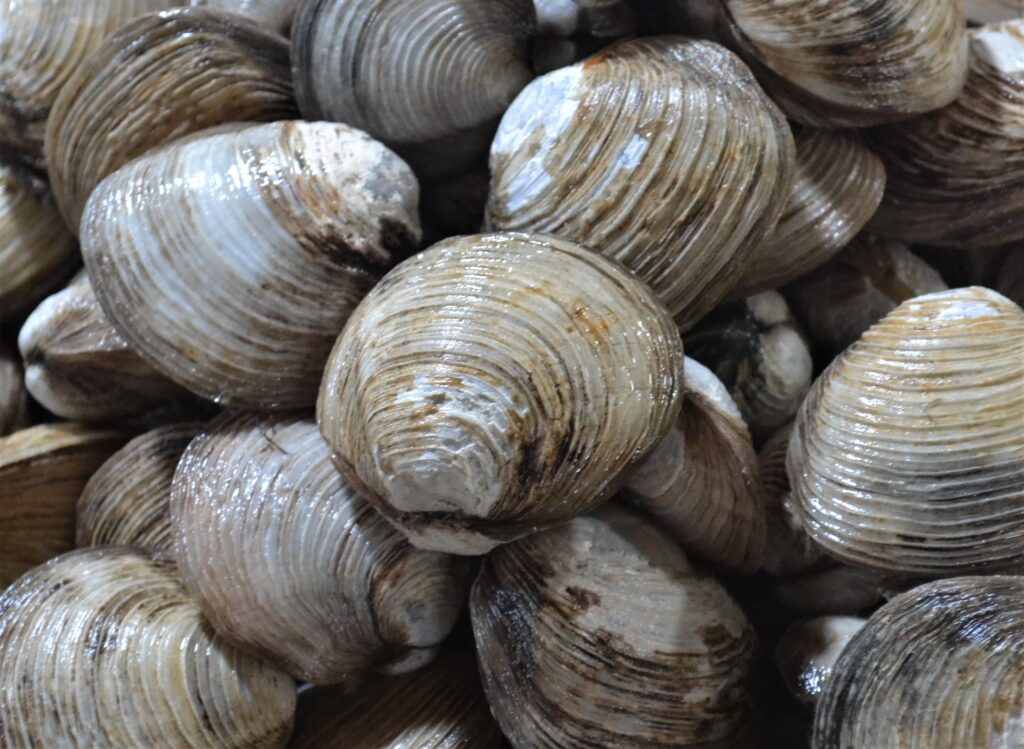
“Commonly coined as toxic algal bloom, harmful algal blooms or HABs refer to organisms – dinoflagellates, cyanobacteria, diatom, and other phytoplankton – that alter the ecosystem and are capable of imposing threat to other marine organisms even without the discoloration of the sea” Labasbas wrote.
PSP is caused by the dominance of a certain salt-tolerant dinoflagellate, a microalgae, and several species of dinoflagellate. These species are capable of producing saxitoxin, a potent neurotoxin. In fact, saxitoxin is classified as a biochemical weapon “as it can kill in seconds,” points out Dr. Rhodora V. Azanza, president of the DOST-National Academy of Science and Technology.
“Humans die when they consume shellfish, particularly mussels, that are contaminated with red tide organisms,” said Dr. Rafael D. Guerrero III, an academician at NAST. Mussel is the common name given for any marine or freshwater bivalve mollusk closely related to oysters and scallops.
“Being filter-feeders, the mussels take in the red tide organisms from the water which are accumulated in their internal organs,” Dr. Guerrero explained. Other shellfishes that filter-feed on the dinoflagellates include oysters and clams. Fish and other seafood such as squids, shrimps, crabs, lobsters, and seaweeds are generally safe to eat even when caught from red tide-infested waters, provided they are washed thoroughly and the internal organs are removed. Dr. Guerrero warned that people still get poisoned even if the mussels are cooked because the toxin is not destroyed by heat. The potency of saxitoxin has been reported to increase by acidic chemicals like vinegar used in preparing common Filipino dishes like adobo and paksiw and the hydrochloric acid present in the human stomach. Health officials said PSP victims have symptoms of tingling or burning sensation on the lips, tongue, and face within 30 minutes after eating shellfish with red tide organisms. The gastrointestinal symptoms are vomiting, abdominal pain, watery diarrhea, nausea, and hypersalivation.
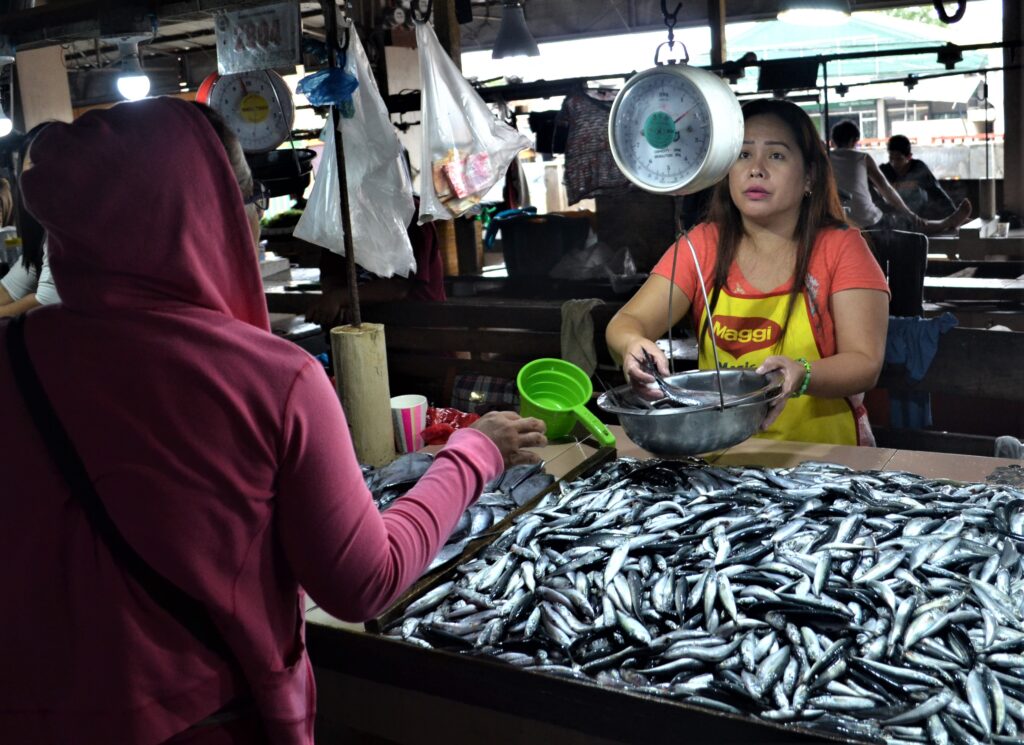
PSP-affected persons experience sensory abnormalities, numbness, dizziness, lightheadedness, headache, and short-tongue sensation. In severe cases, they cannot walk, and they breathe, swallow, and speak with difficulty. Some die from the inability to breathe spontaneously. Medical experts said that if recognized early, the shellfish poison can still be eliminated from the stomach by inducing vomiting or washing it out (lavage through a stomach tube). But once the poison has entered the circulation, only supportive treatment can help to keep the victim alive until the poison is eliminated. Fishkill
In January and August of 2012, P3.8 million and P0.65 million of losses, respectively, were reported due to fish kills in Lake Sebu, South Cotabato. In 2013, a loss of 20 metric tons of tilapia was also incurred. In February 2014, a loss of 68 tons with a value of P5.2 million was reported.
“The fish kills in Lake Sebu are caused by overturns in the lake, known locally as kamahong, which take place naturally in Taal Lake in Batangas,” Dr. Guerrero reported. “During a lake overturn, which usually occurs in the cooler months of the year, strong cool winds cause the upper water portion of the lake to become heavier in mass than the water at the lake’s bottom.”
The sinking of the upper water column, he further explained, pushes up the bottom column that is poor in oxygen and in toxic compounds like hydrogen sulfide, and this kills the fish in floating cages.
More often than not, data on how much losses are incurred are often reported. But there are more fish kills than just economic loss. There are also health issues to it.
When a massive fish kill struck Taal Lake in 2011, the Department of Health issued a warning to the public of not eating “double dead” fish as they contain harmful bacteria. Even if cooked, those fish can cause illness, food poisoning, or even death.
Among the symptoms a person experiences after eating double-dead fish include headache, dizziness, vomiting, difficulty in breathing, abdominal pain, nape pain, itchiness, chest pain, and skin redness. Some parts of the body become swollen.
An ounce of prevention, so goes a saying, is better than a pound of cure.

